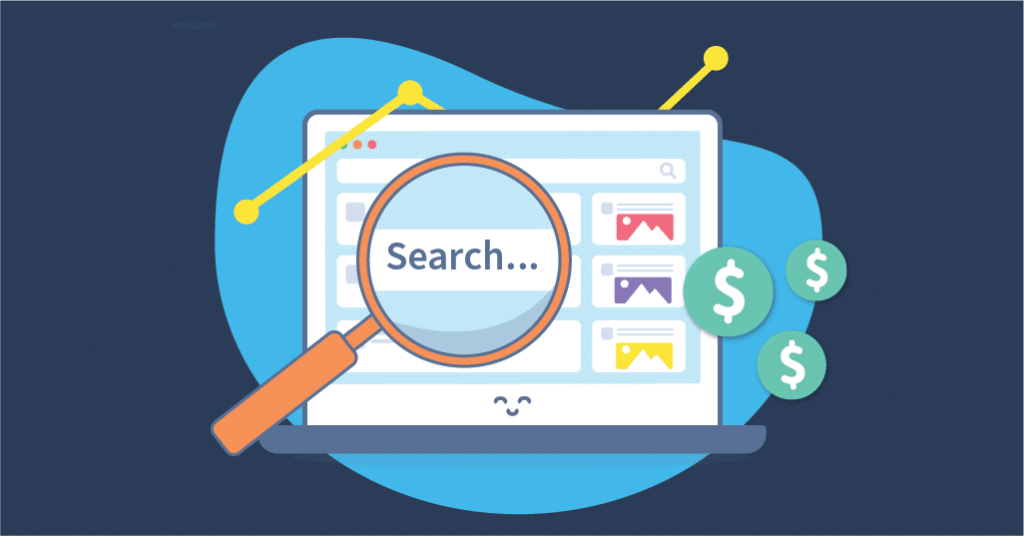Did you know Google processes over 100 billion searches per month? (And there’s another 12 billion searches on Bing.)
Every single one of those results pages has room for paid search advertising placements, and unlike a casual browser on social media, when someone searches online for a product or service, they’re often looking to buy soon or right now.
That makes search engine advertising, or paid search, an important part of any business’ online marketing strategy. In this article we’ll talk about key terms (like SEO and SEM), whether it’s worth the investment (spoiler: yes), pros and cons, types of paid search ads and some easy tips for success.
What is paid advertising on search engines?
“Paid search” is the purchase and placement of advertising on search engines like Google, Bing and Yahoo. There are three main elements of paid search: Keywords, Ads, and Landing pages.
You nominate a list of keywords that relate to what you’re advertising; your ads will be displayed when people search for those keywords. When searchers click on your ads, the ads direct them to your landing pages.
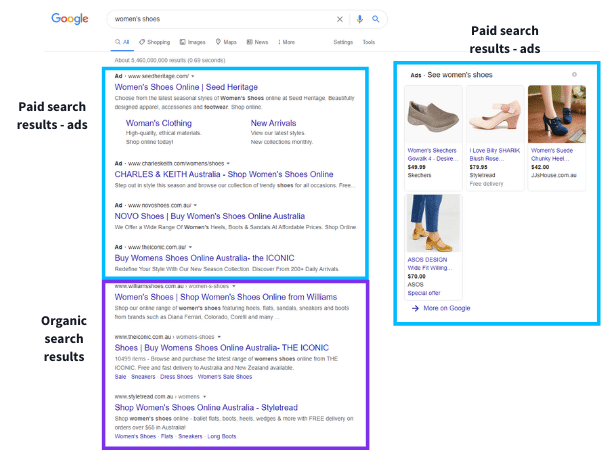
Here are a few key paid search advertising terms you’ll need to know as you dive into paid search.
- SERP, or search engine results page – where your ads are displayed.
- PPC, or pay-per-click – marketing where you pay when someone clicks on your ad.
- CPC, or cost-per-click – the metric measured in PPC advertising.
- CPM, or cost-per-thousand-impressions (mille) – you pay when 1000 people see your ad.
- SEM, or search engine marketing – this encompasses all of the various ways of marketing on search engines, including both paid and organic search rankings
- SEO, or search engine optimization – the practice of improving your organic search rankings (in order to attract more website traffic without paid ads)
- Google AdWords – the former name of “Google Ads”
Is paid search worth the investment?
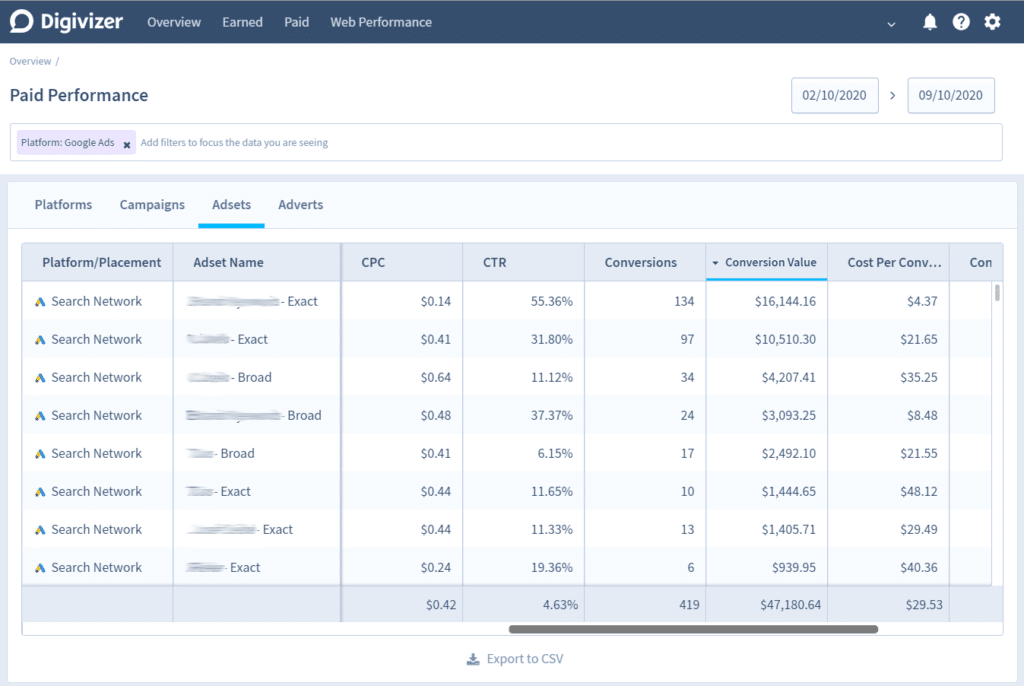
Paid search is worth the investment in terms of both money and time because your customers are looking for you and your products via search engines.
While Hubspot data suggests most searchers (70%) click on organic results, the 30% who do click on ads are often top quality conversion prospects, since they’re browsing for the very thing you’re advertising. “Red hot leads”, your salesfolk might say!
A good paid search campaign can be simple – do “keyword research” to find the right keywords to advertise on, and the right ad copy to talk to your potential customers and get them clicking.
But you’ll soon find there’s a lot more to it than that – things like negative keywords, phrase matching, ad rank, quality score and more all become important in paid search marketing campaigns.
To ensure that Google and other search engines display your ads for the least amount of money possible, make sure your keywords, ad copy and website content relate to each other closely (as this will help your ad quality score), and then your investment is sure to pay off.
What are the benefits of paid search?
- Quality leads close to the purchase phase of the customer journey
- Generates paid search traffic that you can then retarget later
- Relatively few metrics to accurately track and measure, keeping focus on conversions
- Tight, even granular control over budget
- Smart bidding, responsive ads, dynamic personalization
- Combine with retargeting and organic SEM strategies for best results
- If you learn Google ads, you should be able to pick up Bing ads, Yahoo ads, etc, as the infrastructure is similar
What are the cons of paid search?
- Limited ad types and placements that are often not visual
- Customers could search dozens of potential keywords
- Only 30% of searchers click ads on search results pages
- You won’t ever go viral with a paid search ad
- Costs money to make money and the bidding system can be hard to understand
What is considered paid search?
Examples of paid advertising on search engines include text ads and shopping or product listing ads. There are also a variety of ad options on partner and affiliate websites – not strictly speaking search engine advertising, but managed through the same account, even using some of the same assets and mechanics.
Text ads on SERPs
These are the bread and butter of paid search ads, available and easy for everyone to implement. These ads for products or services can appear above, below or alongside organic search results.
Usually you’ll pay when users click them, see them, or engage with phone numbers. Similar to social media ads, they work on a bidding system, where you bid for better placements on the page.
Also like on social media, you have the opportunity to use targeting options such as geolocation, which is great for small local businesses, and you have an array of options for testing and optimizing your ads.

Anatomy of a paid search ad
Here’s a breakdown of all the parts of a paid search text ad. There are only three parts you really need to worry about: the headline, the description, and the display URL paths. But each of these parts can have multiple sections, and you can remix these sections to see what works best to attract clicks.
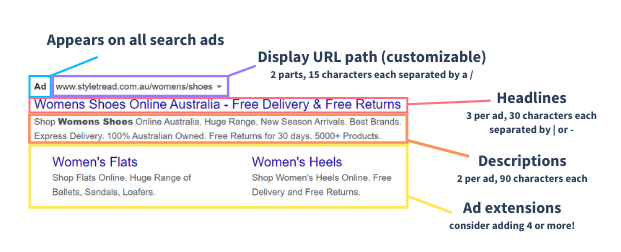
Shopping ads on SERPs (PLAs/Product Listing Ads)
These ads include images, which makes them perfect for sales of products. Like text ads, they work based on keywords, but they also take up a lot of screen real estate, and often return lower Cost-per-Conversion (CPC) rates than regular text ads – it costs less to get a sale!
You do have to adhere to Google Shopping’s strict rules and systems for your sales inventory, though, much like setting up a shop page connected to your business’ Facebook or Instagram.
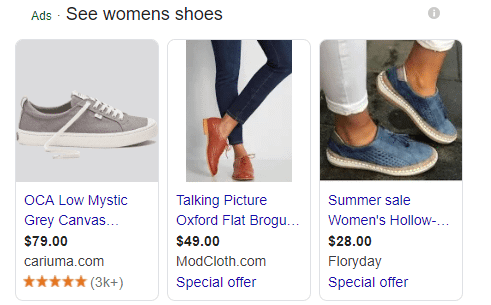
Ads on partner websites
Search engines have networks of partner and affiliate websites where advertising is managed via your search engine advertising account, like your Google Business account.
These can be ‘display’ ads, where you can design text, image or video ads to be displayed on these partner websites, or even responsive ‘native’ ads, where they’ll blend into the website’s content, automatically adjusting themselves to suit the surrounding ad space. You can also drive people on mobile to download apps, connecting directly to app download pages.

How can you be successful with paid search?
Success in this area is determined by number of clicks and conversions, so to be successful, you want more of those for less money.
We recommend measuring and optimizing your existing campaigns in terms of match types, and structuring specific keywords in ad groups and ad campaigns. You can also take advantage of Google’s innovations in machine learning and AI.
Here’s a good strategy: use broad match and phrase match keywords to drive traffic to your website. Then use Google Ads’ Search Terms report or Digivizer’s Search Query feature to find the keywords with the best click-through rate and conversion rate (highest clicks and sales), and set those to exact match!
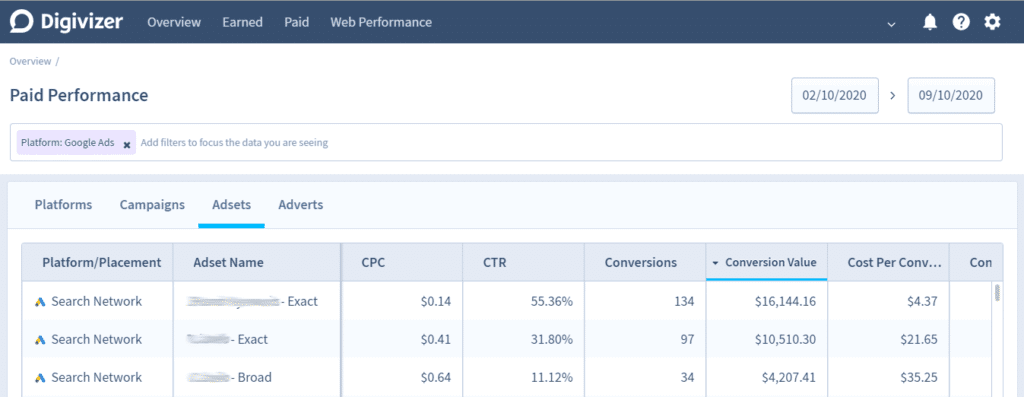
It’s also worth mentioning that just like paid and organic social media work best together, paid and organic search are best implemented alongside each other to best benefit your business. Search engine marketing (SEM) doesn’t have to be solely paid or solely organic, and in fact, it shouldn’t be.
If your website doesn’t rank well organically, good paid ads can put you on page one for potential customers. But if your website does rank well organically, your paid ads are on top of the search results, your website is on top of the organic search results, and there’s two chances for people to find their way to you with just one search. See?
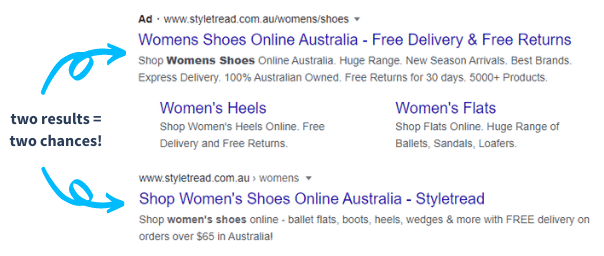
We hope you found this article helpful. Bookmark it for later or share with your colleagues for an easy reference to the foundations of paid search marketing and advertising.

